2006-2007 has been the years that online shopping has come into its own with online consumers spending a record $65.1 billion in merchandise via the web. More and more people are getting comfortable with online shopping and are engaging in online shopping, research and exploration of various membership and subscription sites.
Unfortunately, the chances of becoming a victim of Internet fraud also increases with every site where personal information is places. The Internet National Fraud Center Watch recently reported that the average loss due to fraud the first six months of 2006 was $2,579. This is compared to the $895 average for all of 2005. Complaints relating to general merchandise purchases (goods never received or misrepresented) accounted for 30% of Internet fraud complaints, and auction purchases (goods never received or misrepresented) topped the list at 44%.
One of the big scams in 2006-2007 is the investment scam. Investing has always been thought of as a good way to build a nest egg for retirement, but there are so many investment schemes offered via the Internet that you don’t really know which one is correct for you. Further, there are so many schemes that, while they appear legitimate, are pure scams. If you take your time, do a lot of research prior to signing on to something, and don’t get taken in by the hype, you can make wise decisions and avoid losing your money to fraud.
Many e-commerce sites are trustworthy and have taken the necessary safety measures to shield you, but it still never hurts to proceed cautiously. If you decide to make an online purchase consider these simple steps:
- Make all purchases with one credit card, preferably with a low credit limit. Avoid using an ATM or debit card because that’s money taken directly from your account.
- Be wary of unsolicited offers by sellers. If it looks too good to be true, it probably is. The Internet National Fraud Information Center Watch reported that email scams were up 22% in 2006. While the offer may seem legitimate, spammers and phishers like to use this tactic to sidestep reputable sites that provide consumer protection for online purchases. They will send you to a site that looks just like the real thing. You put in your information and you are a victim in about 3 seconds. If you get an email asking you to confirm our Paypal, eBay, or bank account information, whatever you do, DON’T CLICK ON THE LINK IN THE EMAIL. Go to the site directly by typing in the site name, and see if there is anything related to the email. 99.9% of the time, it is not. It’s a fraud waiting to steal your personal information. You can also tell that the email is fake because it won’t have your name in it.
- Use only reputable e-commerce websites that list a street address and telephone number in case you need to contact them directly. If you look all over the website, and you can’t find bona fide contact information, move cautiously. You wouldn’t go into a store with no sign or street address, would you? Well, this is no different. If you can’t find a number that connects to a human being and an address, keep on looking.
- Read the website’s privacy policy. Some websites may reserve the right to sell/give your information to a third party. Check the document to see if they allow an opportunity to “opt-out” of receiving special offers from third-party vendors or for permission to share your personal information. If you want your name sold to a ton of people you don’t know, then don’t take this extra precaution. If they do it, and there isn’t a place to opt-out, move on. It’s not worth the amount of spam you will receive.
- In the lower right-hand corner of your browser should be a small lock icon which indicates that the site is secure. Also, do not provide your personal information if the website address doesn’t start with “https” on that checkout page. This isn’t on the whole site, but wherever you are putting your credit card must have these two things in place. If you can’t find it or you see an unlocked lock icon, don’t put your personal information and credit card information in there. While the company may be completely legitimate, it is not secure. On the web, you can’t take that chance. Find an alternative way to shop with them if you really want to.
- Choose only verified sellers. Check to see if the vendor is a verified member of a reputable third party such as the Better Business Bureau, VeriSign, or Guardian eCommerce. These third-party sites help to ensure online consumers will be protected when shopping or conducting e-commerce transactions.
Shopping on the Internet can be both convenient and fun if you take the proper precautions. Simply know the rules of the road and what you should be looking for on websites, and you should have no trouble. If you do, contact the Better Business Bureau.
2006-2007 has been the years that online shopping has come into its own with online consumers spending a record $65.1 billion in merchandise via the web. More and more people are getting comfortable with online shopping and are engaging in online shopping, research and exploration of various membership and subscription sites.

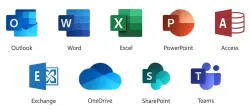



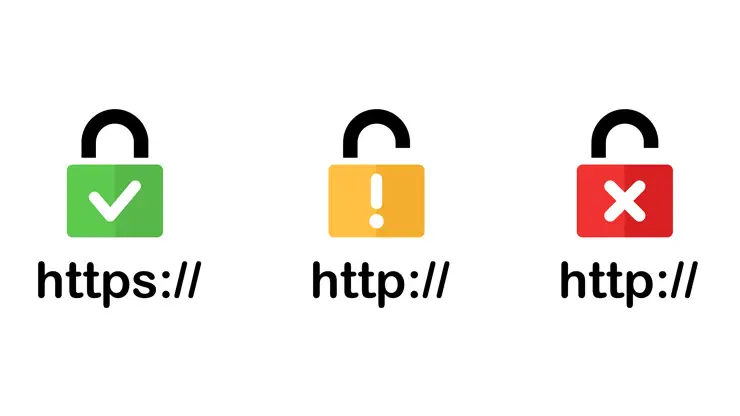

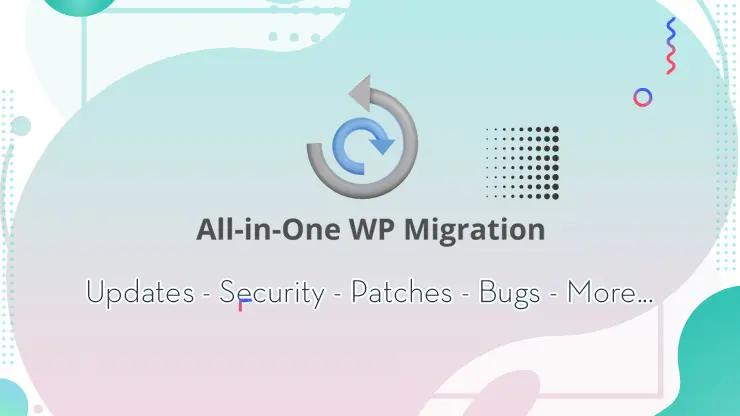
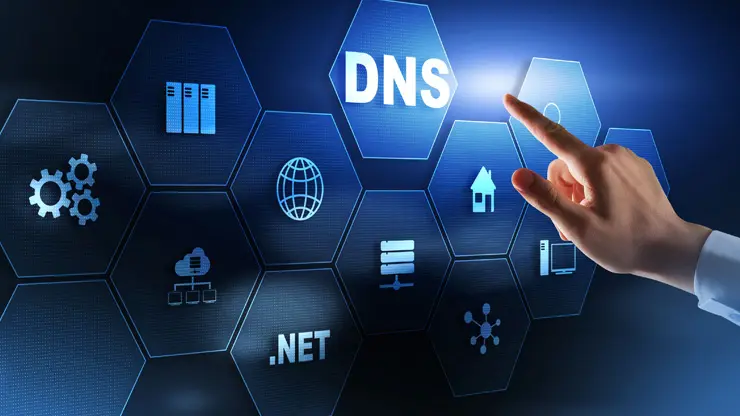

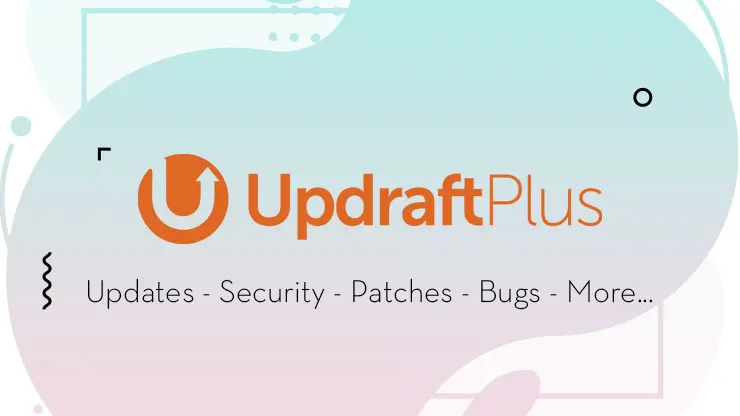
3 Responses
I found the section on SSL certificates particularly enlightening. It’s amazing how many site owners still overlook this basic yet essential security feature. Regular backups are another crucial point; I’ve seen firsthand how they can save the day when things go wrong. One suggestion would be to include more on the importance of monitoring website traffic for unusual activity, as it can be an early indicator of potential security breaches.
The detailed breakdown of two-factor authentication was very helpful. Implementing this has significantly improved the security of my own site. However, I think the article could benefit from a bit more emphasis on educating users about phishing scams, as these are becoming increasingly sophisticated. Overall, it’s a solid guide that highlights essential practices for maintaining website security.
Great insights on website security! The tips on securing databases and using firewalls are spot on. I’ve had issues in the past where a lack of proper database security led to data leaks, so this really hit home for me. One area that might need more attention is the use of security plugins for CMS platforms like WordPress; they can add an additional layer of protection but weren’t mentioned here. Thanks for the valuable advice!